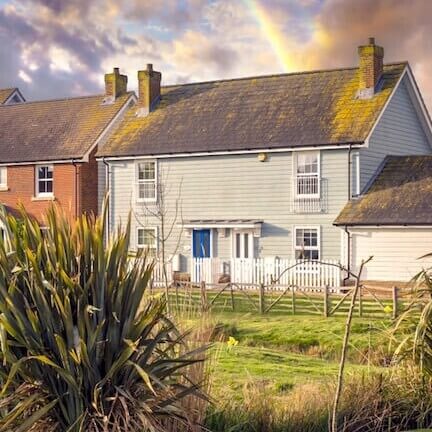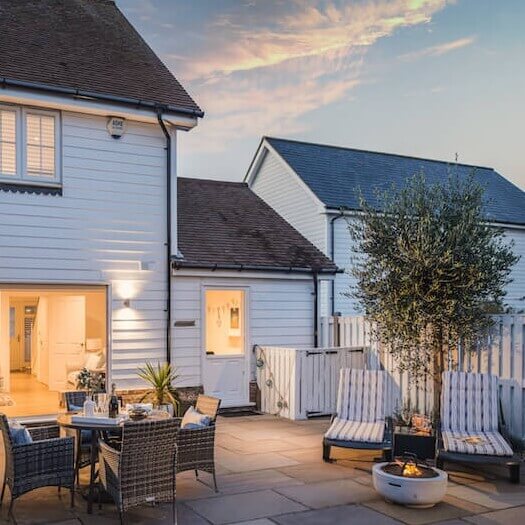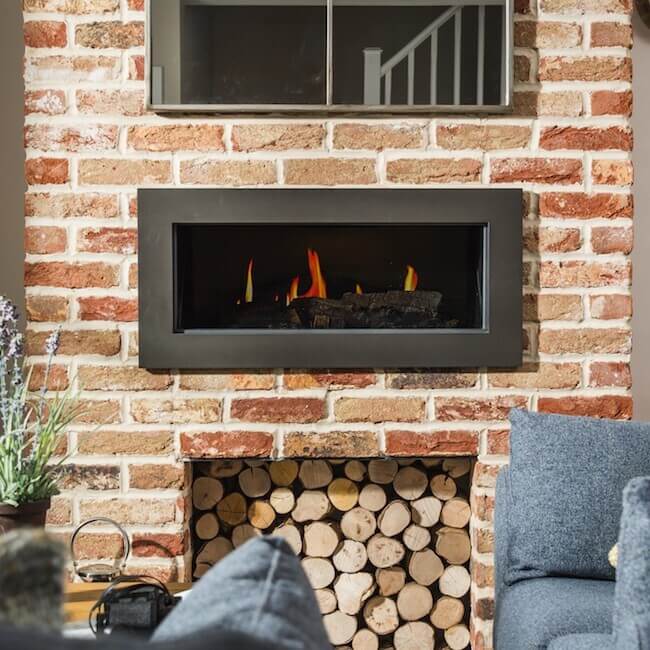Battle of Hastings
Welcome to 1066 Country and the Battle of Hastings.
On 14th October 1066, a place called Senlac Ridge became the site of the most famous battle to take place on our soil. An event so significant it completely changed the course of English history – and today the Battle of Hastings is probably the one event in history that every adult and child can recall. [quote_right]England’s on the anvil–hear the hammers ring Clanging from the Severn to the Tyne! Never was a blacksmith like our Norman King–
England’s being hammered, hammered, hammered into line!
-Rudyard Kipling: For those of you who’s history is a little rusty I will briefly remind you of the day’s events that led to this area becoming known as 1066 Country. The invading Normans led by William the Conqueror fought King Harold and his Anglo-Saxon army at the Battle of Hastings. It all ended with a rather unfortunate incident with an arrow, leaving William the Bastard (William was the illegitimate son of Robert the Magnificent, Duke of Normandy) as the first Norman King of England. If that wasn’t enough he had the Bayeux tapestry woven as a reminder of he’s exploits just to rub it all in.
Beside The Sea TV
A visit to Battle Abbey is quite a moving experience, as you learn more about the events leading up to the epic battle. The abbey’s interactive exhibition, 1066: The Battle For England, allows you to feel the weight of a warrior’s shield and chain mail, and see many of the weapons used that day and watch an action-packed CGI movie of the battle. After which you will be ready to take the battlefield walk and interactive audio tour and relive the harrowing battle.
As you walk the battlefield listening to the audio wands you will be immersed into the day’s events, Aefric the Saxon will tell you how it felt to be part of the Saxon shield wall. He’ll explain how Harold’s highly trained housecarls formed a protective barrier around their king, with the untrained, peasant army that formed the front line who were terrified and almost certainly about to die.
At the foot of the hill looking up towards the abbey, you can imagine how the Norman nights would have felt as they would have been confronted by the terrifying sight of the Saxon shield wall with the dragon banner of Wessex, flying in the breeze surrounded by thousands of axe, sword and spear-wielding warriors. They knew that if they were not victorious then they would face certain death.
Standing in Senlac Field, you can almost sense the spirits of the fallen have not left. The violent deaths they met leaves the atmosphere heavy. Even the abbey’s own chronicler was to later write that the fields had been ‘covered in corpses, and all around the only colour to meet the gaze was blood-red’. Legend has it that when it rains the ground seeps blood and that a ghostly Norman Knight can be seen on the anniversary of the battle.
Later into the tour you will hear Edith Swan-neck’s account (she was Harold’s mistress and mother of his six children) she’ll tell you how at the battle’s end, she searched the field for the body of her slain partner, finding it dismembered and disfigured under the bodies of his loyal housecarls, faithful to the last and dead to a man.
In 1070 Pope Alexander II ordered the Normans to do penance for killing so many people during their conquest of England. So William the Conqueror vowed to build an abbey where the battle had taken place, with the high altar of its church on the supposed spot of King Harold’s last stand, today a stone is all that’s left of the place where the last Saxon king of England fell.
Beside The Sea TV
Visitors to Battle Abbey will be able to witness the atmosphere and tension of conflict once again as the Saxons and Normans with hundreds of troops, clash in the annual re-enactment of the Battle of Hastings — on the very battlefield where it took place.
On 25 December 1066, William was crowned king in Westminster Abbey. Although the battle of Hastings had proved decisive, resistance to the Normans continued. Rebellions in the West Country, the Welsh Marches, the Midlands, the North, and East Anglia were not finally suppressed until 1071. Everyone was now bound by new feudal ties of loyalty and service to the king. A great building campaign of churches, cathedrals and castles gradually transformed the appearance of much of the country and emphasized Norman authority that can be seen throughout 1066 Country.
The rest is nigh-on a thousand years of English history. 1066 Country has lots of heritage connected with the last invasion of England, with its spectacular coast and stunning countryside that’s packed with castles, churches and ruins from the past, 1066 Country is where you step back in time to the days of knights, battles and follow in the footstep of famous smugglers who planned in the character-filled inns and where pirates plotted. Its where adventures are around every corner and warm welcomes are there for the taking.
So come and conquer the 1066 Country.




Leave a Reply